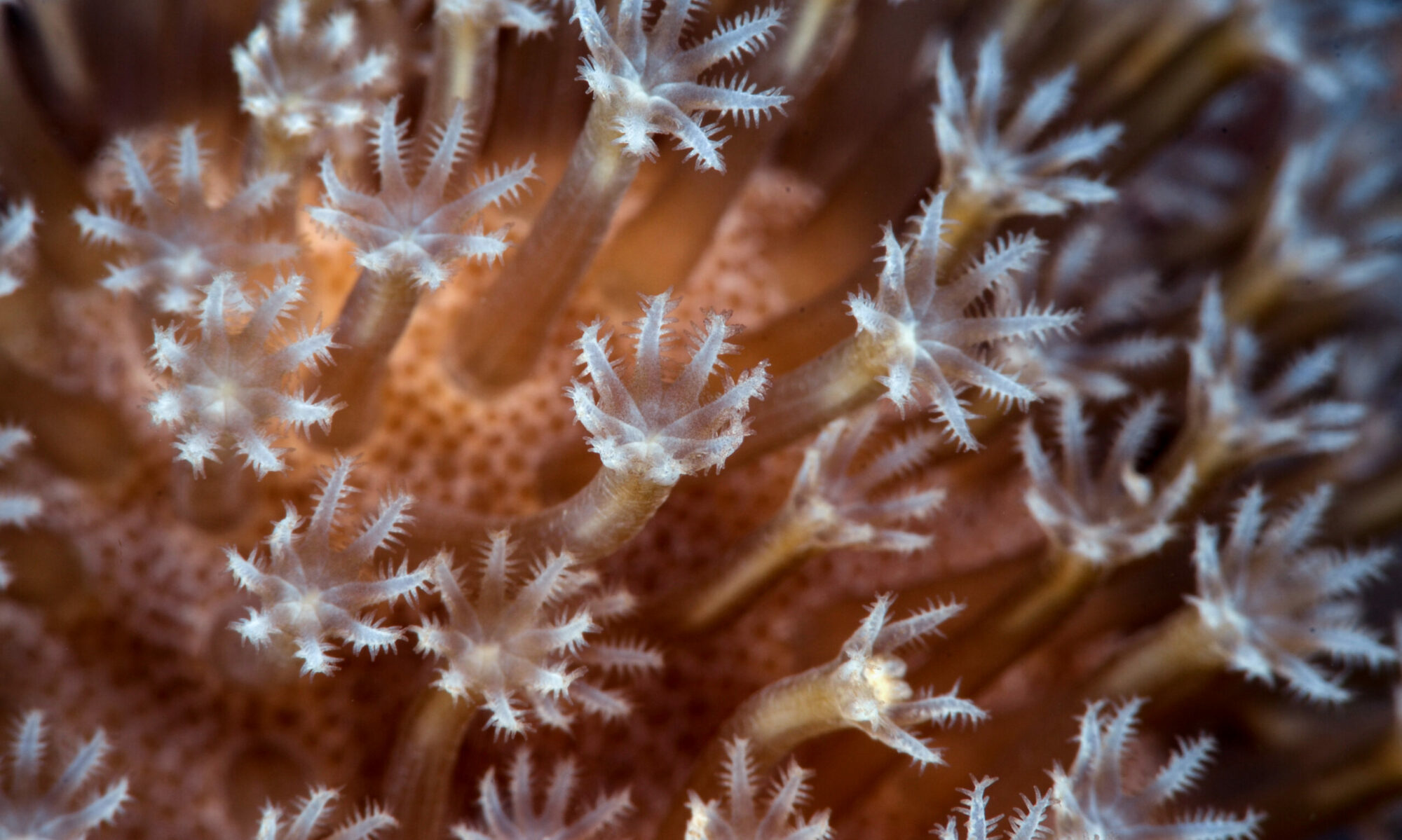



From May 28 to June 14, 2024, graduate students from the University of Guam as well as scientists from Saipan attended a workshop called Jungle Histology: Fish Gonad Analysis at the UOG Marine Laboratory to learn how to determine the sex and maturity of reef fishes.
This workshop was the final segment of the two-part, weeklong Fish Life History Workshop series funded by Guam NSF EPSCoR to enhance regional research capacity within Micronesia and improve the management of fisheries within the Pacific.
Three visiting scientists from Hawai’i facilitated the session: Ken Longenecker, Ph.D., an associate researcher at Bishop Museum; Ross Langston, Ph.D., a professor of biology at Windward Community College; and Erik Franklin, Ph.D., an associate research professor at the Hawai’i Institute of Marine Biology at the University of Hawai’i at Manoa.
According to Longenecker, knowing whether a fish is mature is essential to the sustainability of fisheries.
“At the most basic level, one of the things that people seem to understand is that it’s a good idea not to catch a fish and eat it until it’s had the chance to reproduce,” said Longenecker. “But we don’t know the size at which fish reach maturity for about 83 percent of exploited species worldwide.”
Histology is a discipline of biology that examines the microscopic anatomy of biological tissues. In the case of fish histology, the gonads of a specimen are extracted, processed, and then examined with a microscope.
Typically, histological practices require working in a laboratory with specialized equipment, but according to Langston, the method of jungle histology is unique because its needs are minimal.
“We can do this work with just a few batteries, so we don’t need much in the way of infrastructure,” said Langston.
Bolstering regional research capacity
Workshops like this one are crucial in supporting communities within the Pacific who rely on their fisheries for sustenance.
“For a lot of places like Saipan and Guam and other areas in the Pacific, fish are the primary or even the only source of protein that some people have in their diets, so it’s extremely important that we are able to give them data so that they can confidently manage their harvest year after year without depleting their stocks,” said Franklin.
Improving regional research capacity allows scientists to answer questions so that they can serve the interests of their communities and even teach other researchers skills that they have learned.
“There are resources here I don’t have back home, so I look forward to learn what I can at these workshops and bring this knowledge back and teach the people there,” said Naomi Billimon, a student at the Northern Marianas college in Saipan and an intern with the CNMI Division of Fish and Wildlife.


